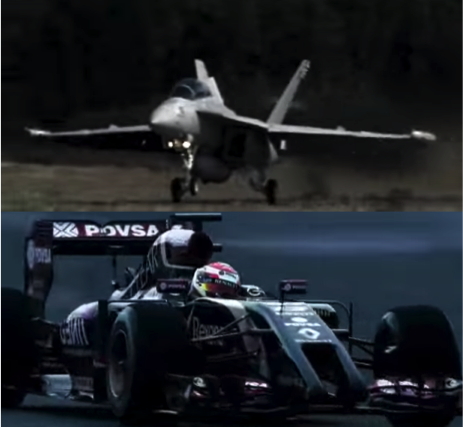
One makes planes, the other designs race cars. It would seem that on face value Boeing and Lotus Racing have little in common aside from a need for speed. However, just beneath the surface both companies rely on different permutations of the same physical processes to achieve success.
For Boeing, aerodynamics is the critical component that provides their aircrafts with lift while also shaving off wind resistance, making flights more fuel-efficient. For Lotus, the same aerodynamics are what keep their cars pinned to the track as they race around corners is search of F1 titles. Though one application is airborne and the other bound to the earth, both firms share the need for accurately reproducible 3D printed prototypes.
In a new video recently distributed by the Boeing/Lotus venture, Brett Lyons, a materials and process engineer at Boeing, discusses how important 3D printing has been for the prototyping and development phase for both companies. While that story is important, it’s one that everyone in the AM industry is pretty familiar with. What caught my attention was Lyons’ mention of integrating recycled carbon fiber into Lotus’ additive manufacturing scheme.
One critical downfall of additive manufacturing, and in particular laser sintering, has been its inability to produce components with reliably accurate mechanical properties. In the Boeing video Lyons mentions that his team has “figured out a way to take recycled carbon fiber from Boeing production and integrate that into material such that … we have fibers going in all different directions.”
That’s pretty impressive.
Read more at ENGINEERING.com

